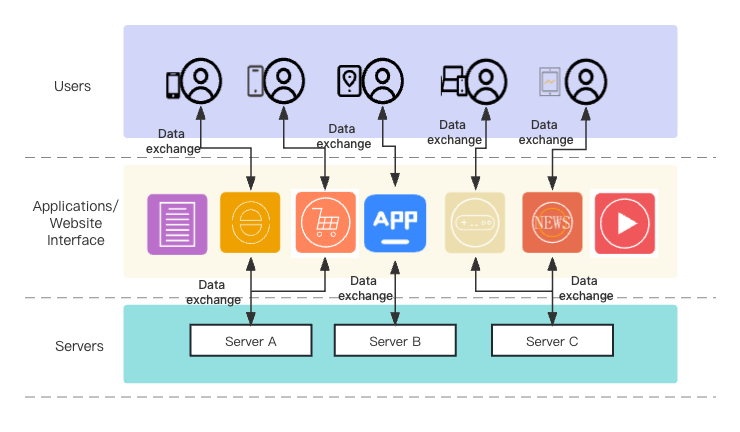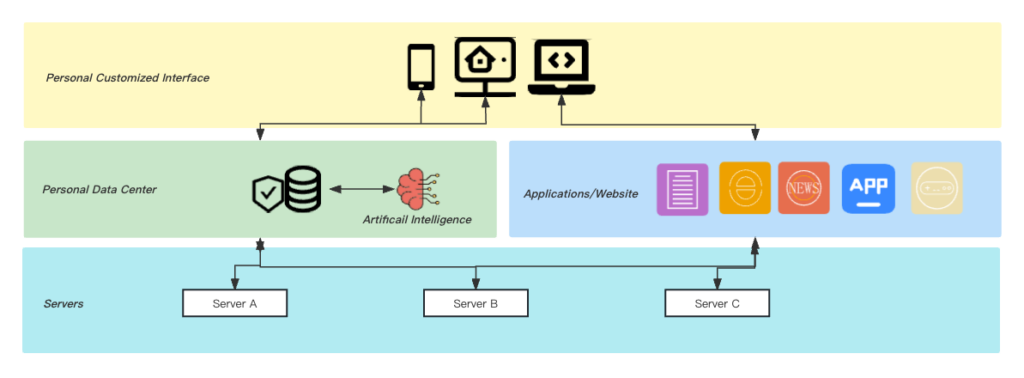
Author: Haolin Chen
The digital landscape has revolted dramatically, shifting from Web 1.0’s static pages to Web 3.0’s semantic understanding. As we stand on the brink of the next phase, it’s crucial to consider: How have the tools and platforms that deliver information evolved with the web? From PCs to mobile phones, and from static websites to search engines and recommendation systems, our digital information access journey has been changed.
Early Days: Static Websites on PCs
In the era of Web 1.0, the primary medium for accessing digital content was the personal computer (PC). Websites were like digital booklets – static and non-interactive. People would manually type URLs or use rudimentary search engines to find information. The interaction was basic: you asked, and the web provided. For example, Yahoo! or CNN News Site.
The Mobile Revolution and the Advent of Smart Search
As technology evolved, the PC gave way to compact laptops and, eventually, smartphones. With the beginning of Web 2.0 and mobile internet, the way we accessed information shifted. Search engines have become smarter. Instead of just matching keywords, they began understanding context. Google’s PageRank, for instance, revolutionized information retrieval by ranking pages based on their relevance and importance.

The Rise of Social Media and User-generated Content
The late 2000s and early 2010s saw the explosion of social media. Platforms like Facebook, Twitter, and Instagram allow users to not just consume but also produce and share content. This era marked a shift from ‘searching’ to ‘discovering.’ Instead of actively seeking information, users were passively fed content based on their interactions and preferences.
Recommendation Systems: The Age of Personalization
The new machine learning revolution brought with it the era of hyper-personalization. Platforms like TikTok, Netflix, Spotify, and Amazon began using complex algorithms to analyze user behavior and deliver tailored content. The shift was obvious: from generalized search results to individualized content recommendations. Now, AI understands your preferences, sometimes even before you did, and serves content accordingly.
The Underlying Paradigm Shift
This evolution highlights a significant paradigm shift in information access. From a reactive approach, where users had to seek out information, we’ve moved to a proactive model, where algorithms anticipate our needs and deliver information even before we realize we need it.
Looking Ahead: The Convergence of AI and User Intent
The next logical step seems to be a combination of AI-driven recommendations and user intent. For example, when the user sets up a goal AutoGPT(or personal ChatGPT assistant) will divide it into several steps to solve, like a service chain. Imagine a digital ecosystem that combines different sources of service with personal customized recommendation systems, delivering a truly personalized online experience driven by a goal.

I will talk about more applied scenarios in the next article.
Other Articles:
